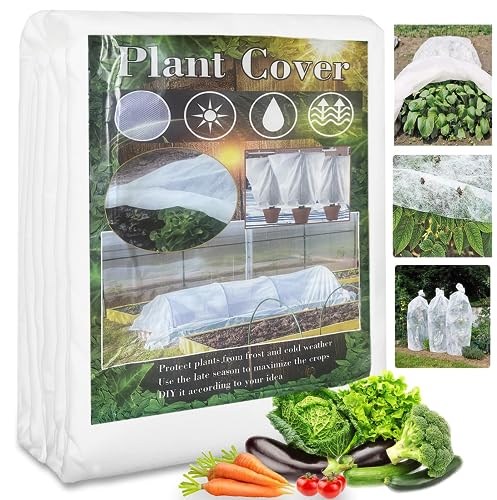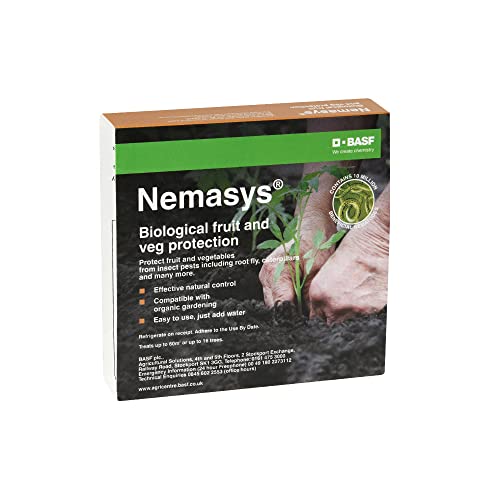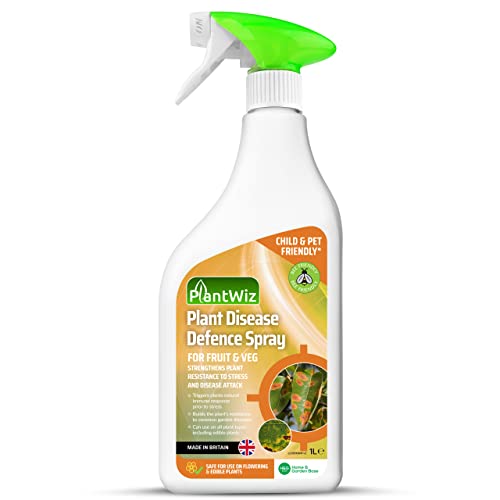Why are my tomato leaves turning yellow? 4 possible explanations
It's a warning sign that something needs to be addressed...
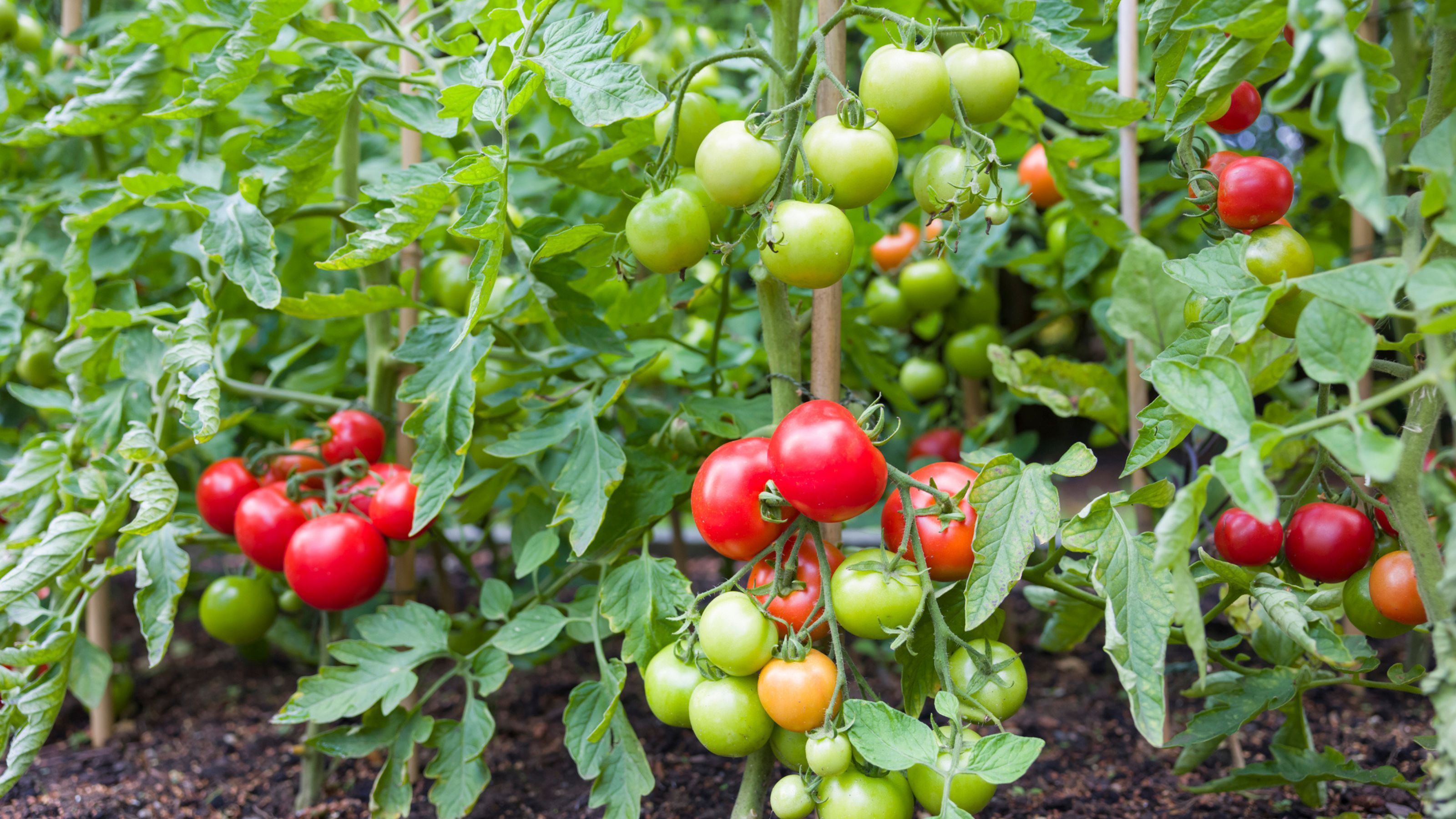

If you’ve been tenderly nurturing your tomato plants all year long in the hope of gaining some deliciously plump tomatoes to enjoy in your summer salads, you’ll likely be disappointed to see yellowing leaves on your tomato plants. So why does this happen, and how can it be stopped?
Typically – no matter how you're growing your tomato plants (in a hanging basket or in the ground, for example) yellow leaves indicates a rising problem that needs to be dealt with soon. So it's important to spend time getting to the root of the issue if you spot them!
'In most cases, tomato leaves turning yellow is a bad thing because it can be a symptom of a variety of issues,' warns lant expert Morris Hankinson, director of Hopes Grove Nurseries, explains, And if any of the issues are left untreated, it can prevent your plants producing delicious, juicy tomatoes.'
To understand why yellow leaves on tomato plants happen, we caught up with the experts to get their insights into this, and how to address the issues.
1. Over or underwatering

If you’ve been a little too enthusiastic with your watering can or hose this spring and summer, this could be why your tomato plants are suffering and producing yellow leaves.
'Watering your tomato plant too frequently can cause the soil to suffocate the roots,' Morris says. 'This, in turn, can cause root rot and make your leaves turn yellow.'
In fact, he explains that soil drainage issues can also come into play here. 'Even if you're not watering your plants too much, if there's poor drainage and the soil retains too much water, this will also lead to the same issue,' Morris tells us. 'So ensure you've got enough drainage holes and your soil is well-drained too.'
Sign up to our newsletter for style inspiration, real homes, project and garden advice and shopping know-how
As mentioned, under-watering your tomato plants can cause similar issues, so avoid going too far the other way! Morris details, 'equally, too little water can cause your tomato leaves to wilt and turn yellow.'
2. Nutrient deficiency
Plants that are deficient in certain essential nutrients can start to produce yellow leaves – which is a clear warning sign that your tomato plant needs some help to flourish once more.
'Tomatoes need key nutrients such as nitrogen, phosphorus, potassium, magnesium and iron. If they're not getting enough nutrients, this could lead to many issues, including yellow leaves,' Morris says.
'Nitrogen and magnesium deficiencies in particular can cause your tomato leaves to turn yellow, with the latter being a common problem for tomatoes. With a magnesium deficiency, you may notice yellowing between the veins of your leaves.'
Thankfully, this issue is easily rectified. Morris explains that you should 'regularly test your soil to ensure you have the right balance of nutrients and apply a tomato fertiliser, if needed.'
When it comes to the specific type of fertiliser to help resolve the problem, John Clifford, gardening expert at Gardenstone, suggests 'use a balanced tomato feed high in nitrogen. A tomato-specific one could be incredibly beneficial here. Use it as and when instructed on the packaging, throughout the growing season.'
If the nitrogen levels of your tomato plant are fine, the plant may need assistance in boosting its magnesium levels. 'If your tomato plant has a magnesium deficiency, consider using Epsom salts,' Morris suggests.
3. Diseases
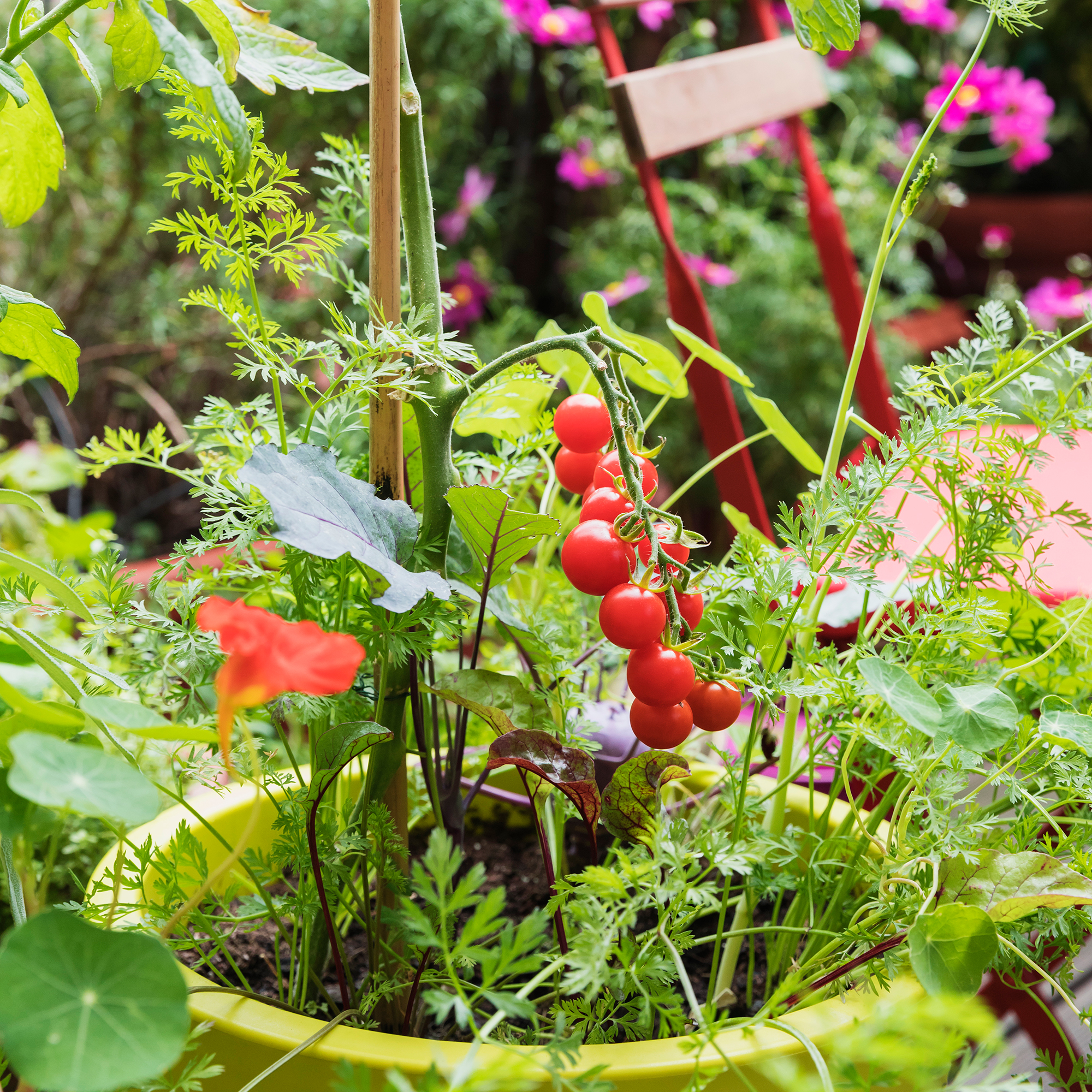
'Unfortunately, tomato plants can be susceptible to a fair few diseases, a number of which can turn leaves yellow,' Morris explains. 'Some of the most common diseases that might turn your tomato leaves yellow include early blight, late blight and powdery mildew.'
These fungal diseases are common, but if they are not caught and properly dealt with, they can cause issues with the amount and quality of tomatoes your plant can produce. In fact, disease can also cause your tomato leaves to curl, too.
The easiest way to handle these issues is to keep a close eye on your tomato plants, and if you spot yellowing leaves, or yellow leaves with brown spots, act fast. Morris advises, 'Remove any diseased leaves from your plant (including any that have fallen to the floor), to help stop these diseases spreading any further.'
4. External environmental stressors
Finally, external stresses can also cause yellowing of your tomato plant leaves – which can be tricky to control. 'Temperature fluctuations, particularly cold nights, can cause yellowing,' John says. 'Tomatoes prefer being in a warmer environment, so cold summer nights are a bit of a shock to the system.
'Similarly, bugs and pests can cause yellowing leaves if they feed on the leaves,' he continues.
To address these, it can be worth considering moving your tomato plants, either into a greenhouse, or simply to a more naturally warmer spot in your garden. Morris says. 'You may need to move the position of your tomato plant in the garden if it's not receiving enough sun during the day.'
John also advises that you can 'protect young plants from cold by using horticultural fleece, which is a type of cover that can shield them from the coldest weather.'
And finally, to deter pests from your tomato plants and avoid yellow leaves, consider applying a natural pesticide, or even a tomato leaf spray.
When yellow leaves aren't a problem
Yellow leaves on tomato plants doesn't always indicate an issue, so it's important to see whether the below may apply to your plants first.
'There are instances where, if you have a particularly large plant with lots of tomatoes being produced, there may be leaves lower down towards the base that aren't getting enough sunlight and so turn yellow,' says Morris. 'This isn't such an issue if the rest of your leaves are perfectly healthy, but still make sure you check for the above issues, just in case.'
Hopefully your tomato leaves turning yellow aren't a problem, but if they are at least now you can figure out the problem and sort the solution in a jiffy.

Amy Hunt is an experienced digital journalist and editor, now working in a freelance capacity specialising in homes and interiors, wellness, travel and careers. She was previously Lifestyle Editor at woman&home, overseeing the homes, books and features sections of the website. Having worked in the industry for over eight years, she has contributed to a range of publications including Ideal Home, Livingetc, T3,Goodto, Woman, Woman’s Own, and Red magazine.

